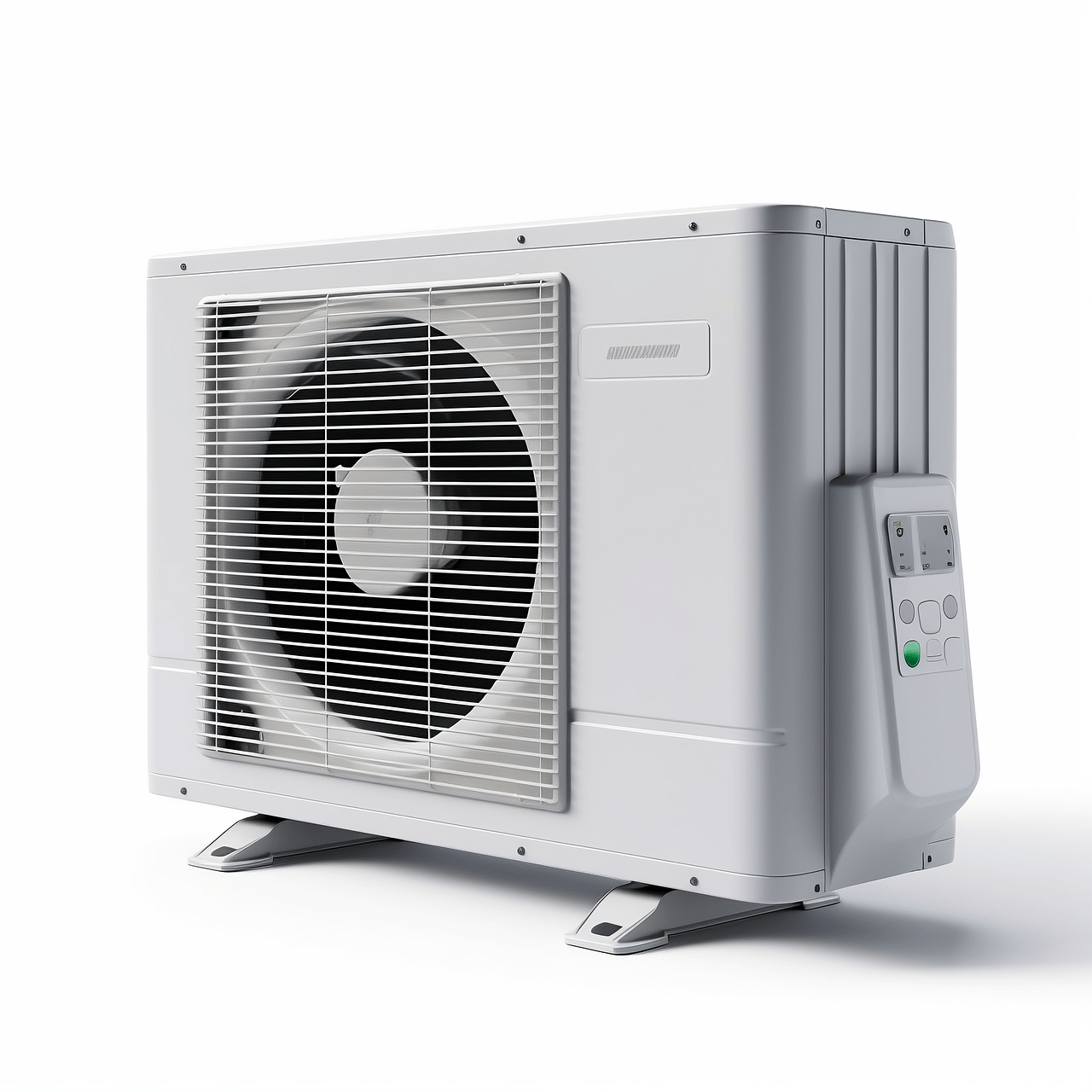If your AC vents seem to alternate between too cold and too warm airflow, this could be caused by an expansion valve malfunctioning.
As an essential AC component, this part is responsible for lowering the pressure within the chemical refrigerant to transition from liquid form into a gas form more effectively and functionally.
Would you like to learn what an AC expansion valve does? Be sure to continue reading!
After reading today’s article, you can click the following URL to learn about the other important parts that make up your AC unit: https://www.callautumn.com/air-conditioner-parts-in-arizona/.
It Controls the Flow of Refrigerant
Your air conditioner’s expansion valve plays a pivotal role in its cooling capabilities, regulating how much refrigerant flows into its evaporator coils. If it becomes blocked with debris, refrigerant can no longer pass through it entirely, preventing cool air from reaching you and even causing compressor burnouts!
As soon as the liquid refrigerant reaches an expansion valve, it remains at high-pressure and medium-temperature conditions. By opening rapidly through it, this device helps lower both temperatures and pressure simultaneously.
This process will convert refrigerant into gaseous form, then release heat to the outdoors. Depending on the type of AC unit being utilized, expansion valves may either be internally balanced or externally equalized based on their respective type.
Internally balanced expansion valves feature a sensing bulb to measure pressure and temperature to provide precise opening force. In contrast, externally equalized ones utilize evaporator pressure against thermal bulbs to deliver this same opening force.
It Controls the Temperature of the Refrigerant
An expansion valve provides your AC system with essential temperature regulation by controlling the transition of refrigerant from liquid form to gaseous form.
Once at the expansion valve, it still retains high pressure from its time in the condenser – this allows its pin to move up and down, altering orifice size accordingly, to bring refrigerant into your evaporator coil at an appropriate low pressure that matches up with air temperatures in your home.
An expansion valve that works correctly is evidenced by cold air flowing from your vents when you turn on the AC unit. A functional expansion valve also allows you to quickly change temperatures without realizing the change, conserving energy and keeping utility bills as low as possible.
It Controls the Pressure of the Refrigerant
A malfunctioning expansion valve could be to blame if your air conditioner is making whistling or high-pitched noises. An expansion valve helps control how much refrigerant enters your AC; depending on its setting, your unit may require either less or more coolant for optimal functioning.
Before coolant can reach the evaporator coil, it must first be pressurized. This is accomplished by pumping hot liquid through special piping in the outdoor unit until reaching an expansion valve and its pressure is relieved – thus cooling down its temperature and making your home cooler.
The expansion valve features a rod that moves up and down to measure the amount of refrigerant entering the evaporator coil as well as its temperature. If an overly cold environment makes its way inside your home, evaporator coil freezing could become a serious threat preventing any system from cooling your home as refrigerant would no longer absorb heat from its air intake source.
